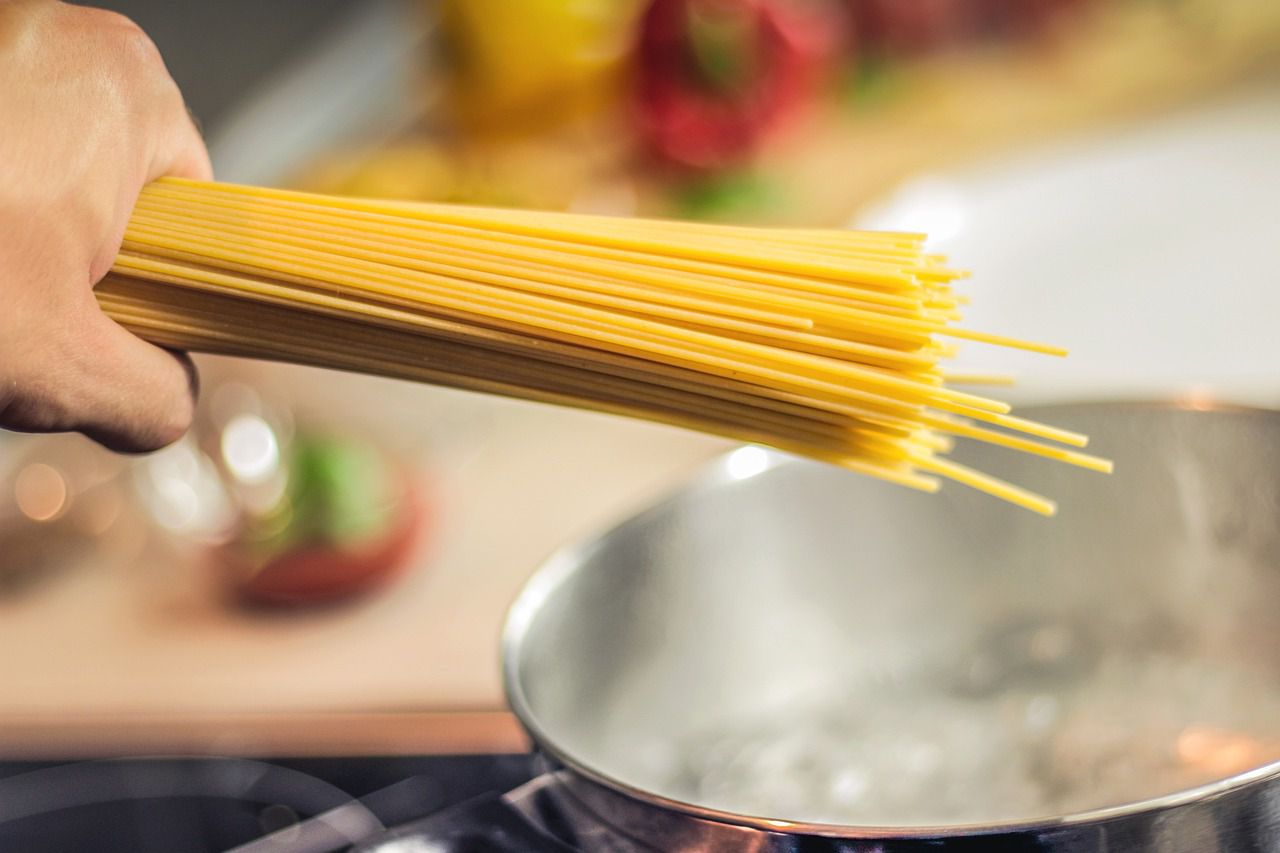Pasta is relatively easy to cook - but lots of people still prefer to order it in restaurants or takeaways.
While sometimes it's actually faster and easier just to order it, cooking it on your own also has plenty of benefits.
Let's find out why you probably should try cooking it.
Taste
When you cook pasta at home, you can choose the sauce and ingredients to make it taste exactly the way you like it. You have control over the flavors.
Freshness
Homemade pasta is often fresher than pre-packaged options. Fresh pasta can taste better and have a nicer texture.

Variety
You can experiment with different types of pasta, sauces, and ingredients to create a wide variety of dishes. It's a chance to get creative in the kitchen.
Healthier Choices
Cooking your own pasta lets you choose healthier ingredients, like whole-grain pasta or extra vegetables, and control the amount of salt and oil you use.
Cost-Effective
Making pasta at home can be more cost-effective than ordering it at a restaurant. You get more servings for your money.
Satisfaction
There's a sense of satisfaction in cooking something delicious yourself. It can boost your confidence in the kitchen.
Bonding
Cooking pasta together with family or friends can be a fun and bonding activity. It's a chance to share a meal and create memories.
Convenience
You can cook pasta whenever you want, without waiting for delivery or restaurant hours. It's convenient and can save you time.
Conclusion
So, trying to cook pasta on your own allows you to tailor the taste, freshness, and ingredients to your liking while offering you a variety of benefits, including cost savings, a sense of accomplishment, and the opportunity to bond with loved ones.








